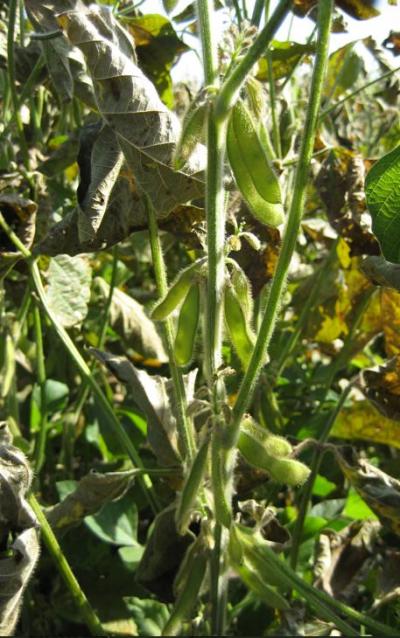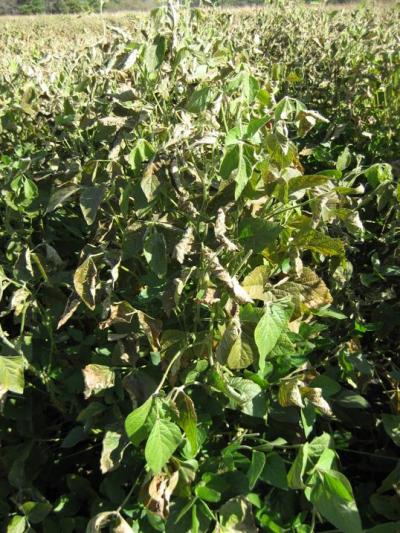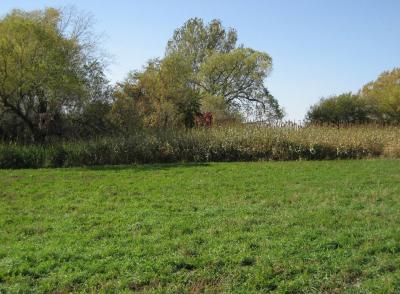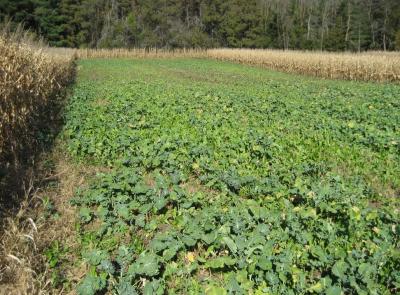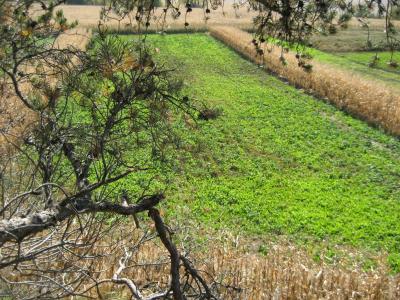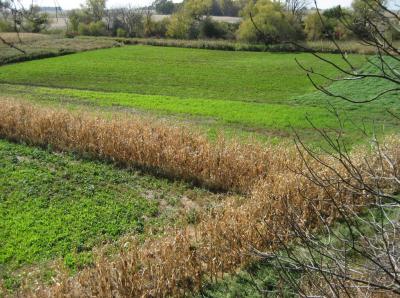I have been meaning to get some stuff up for a while now, but only so many hours in the day. So here is a quick ”Jist” of what we have going this year.
Turns out the long winter probably left us with a few too many extra hours of planning. But, a few long days of quality time on the tractors got it all done. We ended up doing right around 27 acres this year. I know alot of you are thinking were nuts, but, 10 or so years ago we started with it all with just a 150ft, by 25ft plot.
The first picture is where it all started years ago. We have expanded ALOT and planted some extra acreage of corn that we will harvest to help pay some fertilizer costs. We have about 4 acres in plots, and will leave 3 acres of standing corn. There is another 7 acres of corn here ( not pictured ) that we will be harvesting.
Pictures 2, 3, 4, 5 are the plots we have going down on our new river bottom land. Picture 2 is about 5 acres, Picture 3 is about 4 acres, Picture 4 is about 3 acres. Picture 5 is about an acre.
We select all of our species and varieties our selves in order to save the extra costs of buying brand name blends. The seed we buy is all purchased in singular form from a very reputable dealer, and hand mixed to our likes and needs. These blends are selected for palatability, nutrient content, nutrient needs, and soil type for each of our plots.
The list of species and varieties we ordered for this year are as follows:
50# Alfalfa WL 353LH
250# Spring Wheat, Steele ND
150# Buckforage Oats
50# Midas Field Peas
50# Spring Triticale
100# Forage Sorghum
10# New Zealand White Clover
10# White Dutch Clover
10# Medium Red Clover
20# Berseem Clover
3# Spandona Chicory
3# Barnapoli Rapeseed
3# Kale
4# Purple Top Turnips
6# Wildlife Sugar Beets
6# Tillage Radishes
50# Eagle Seed Forage Soybeans
50# rr Soybean variety
1 Palette of rr Corn
We plant our plots at different times of during each planting season, as well as different times of the year so that we always have something the deer what from week to week. All of our spring planting has been done for about 2 weeks now, and we will begin our fall plantings the first week of August. I will get pictures up as I can. I need to borrow cameras, as mine is at the bottom of the Sydney harbor  and Id rather spend that cash on hunting or fishing stuff. Keep you posted, and good luck with your ‘plotting’ endevours.
and Id rather spend that cash on hunting or fishing stuff. Keep you posted, and good luck with your ‘plotting’ endevours.
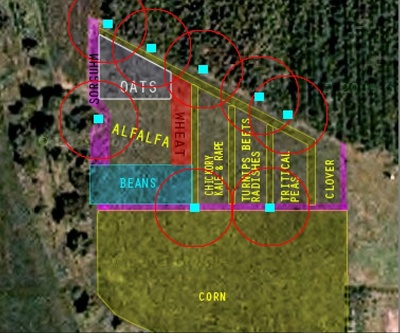
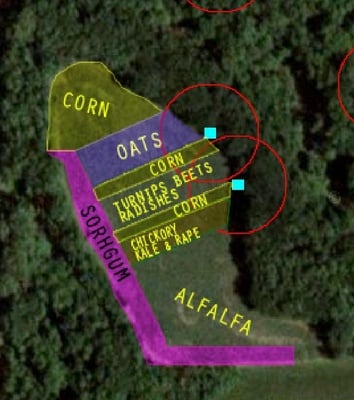
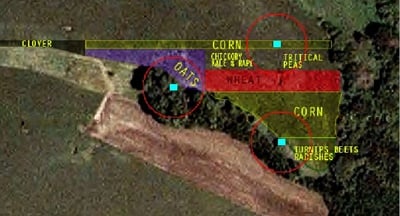

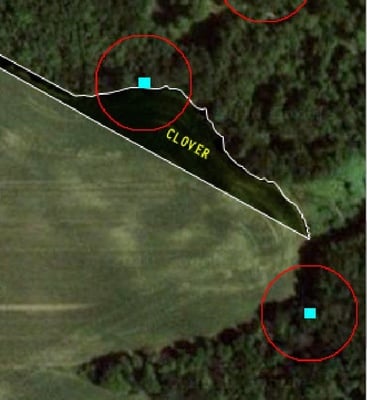


 I noticed you have sugar beets on your list… are they rr ready? if not how have you handled your weed control?
I noticed you have sugar beets on your list… are they rr ready? if not how have you handled your weed control?



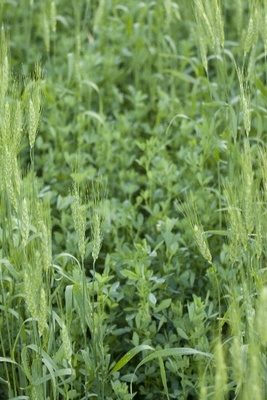
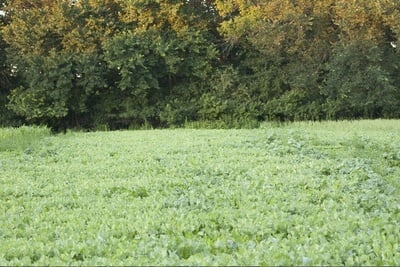
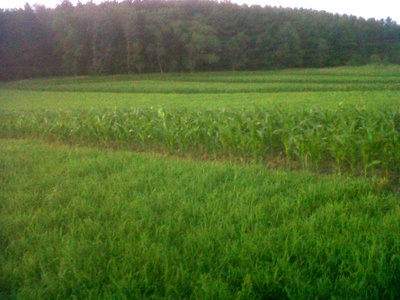
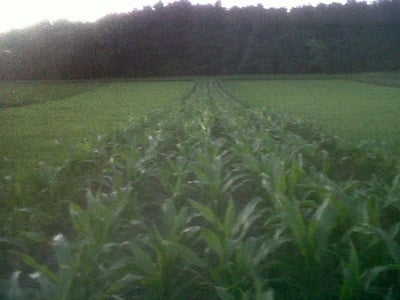
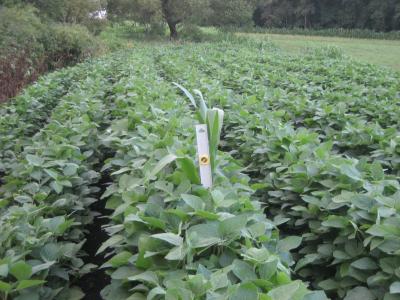
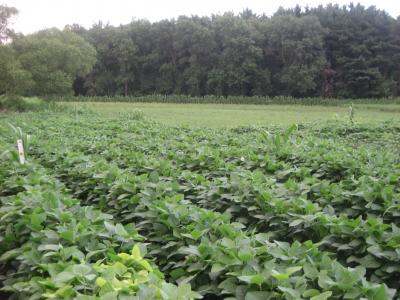
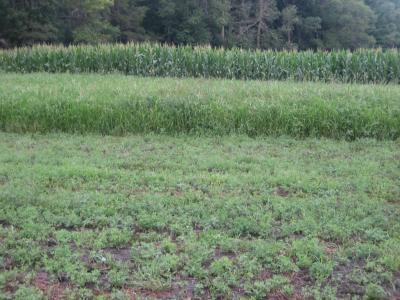
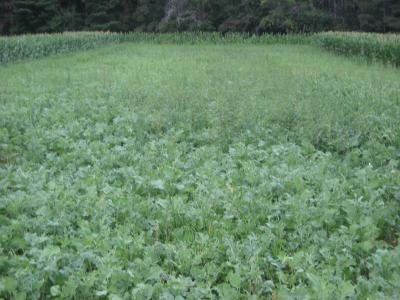
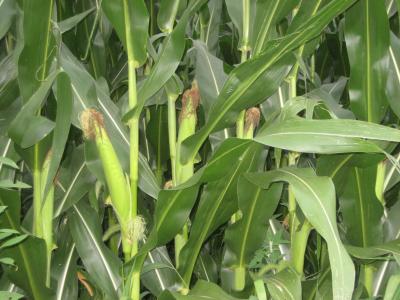
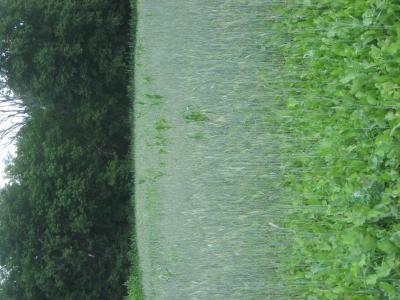

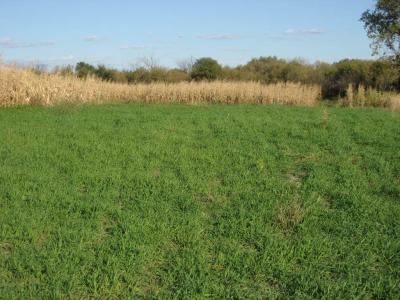
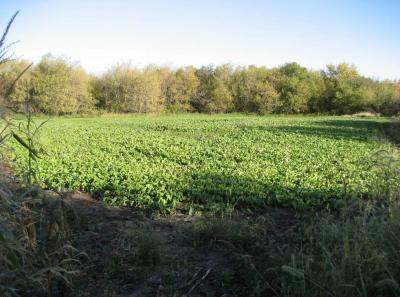
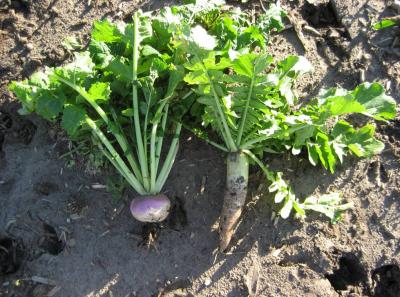
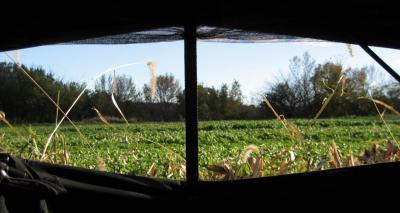

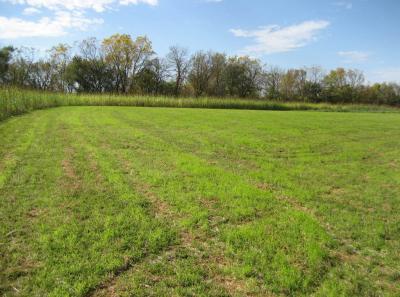
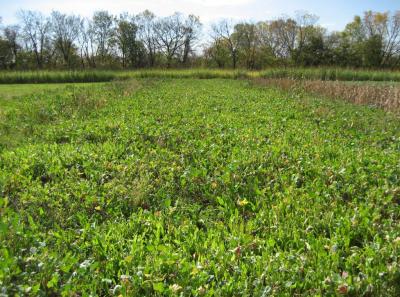

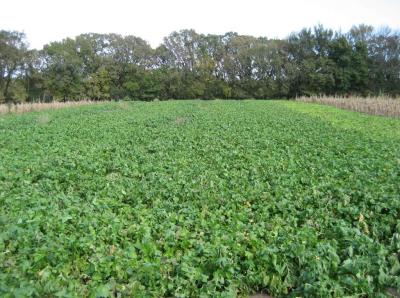
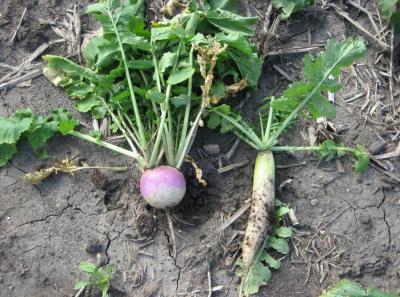
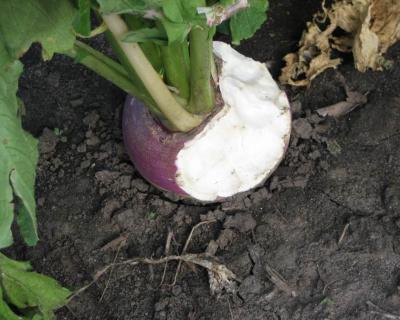

 (took pics while pulling cards). I was expecting some, to alright bulb production of the sugar beets. This was not the case. They are few and far between. They did not grow on our other property. Will definitely be planting these in the spring next year, as they just did not work out how I wanted in this mix. Deer are hitting the foliage hard however.
(took pics while pulling cards). I was expecting some, to alright bulb production of the sugar beets. This was not the case. They are few and far between. They did not grow on our other property. Will definitely be planting these in the spring next year, as they just did not work out how I wanted in this mix. Deer are hitting the foliage hard however. 
